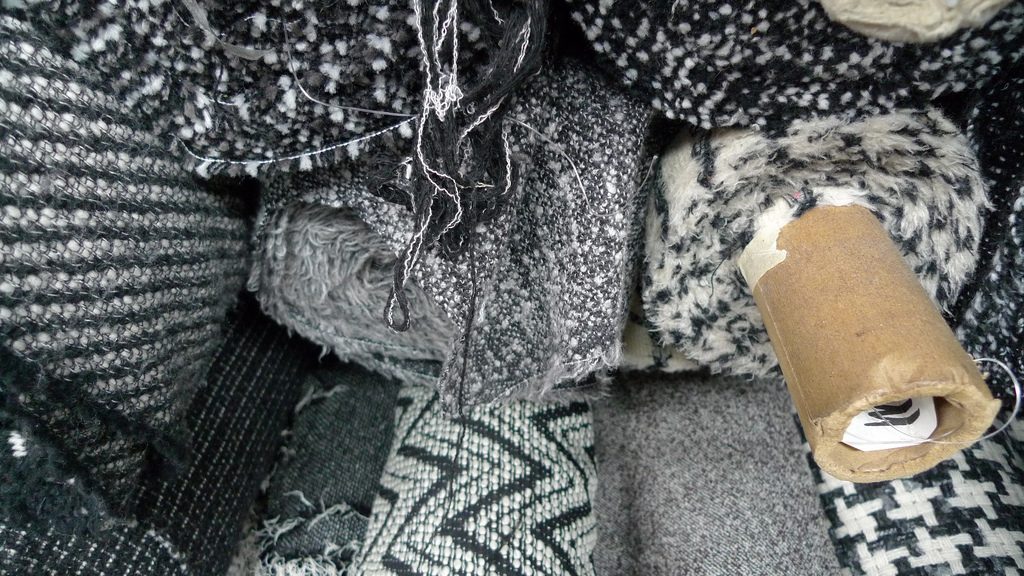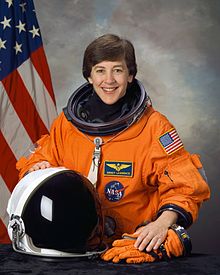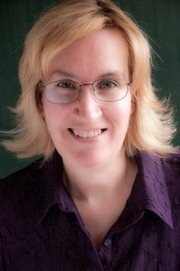Real estate appraisers: whether you love them or hate them, they’re a necessity. Sometimes we may disagree with their figures, but as Tim Lane shows us, the facts are the facts. And how does Tim get to those facts? Math of course. This math has a purpose, backed by meaning, and it’s hands-on. Tim shows us some of the inside scoop in the field of real estate appraisal.
Can you explain what you do for a living?
The job of a real estate appraiser is to determine what the property is that is being appraised: is the property a single family home, a duplex, an apartment building or something else? As well, what is the home in terms of age, size, construction quality, bedroom/bath count, and other features? Once this has been determined, the appraiser’s job then shifts to the task of analyzing the market area. This includes an analysis of the area on a large scale (city wide) relating to economics and the economic base, then a second analysis of the specific neighborhood within the city to determine what is happening in that neighborhood with real estate price trends, supply and demand, and what features or amenities are most important at this time. Finally, all the data comes together into a 30-40 page report in which all the data is given to the client. Contrary to what most people think, appraisers do not set the value of a property, we simply report what is going on in the area, and what a property is likely to sell for based on other recent sales in the area that are as similar as possible to property being appraised.
When do you use basic math in your job?
From start to finish. Initially, we have to use math to determine simple things such as how much time it takes to get from one property to another, what is the distance between them, and how many hours of daylight we have to work with to get everywhere we want or need to be in a day’s time. Math continues when looking at economic statistics to determine market trends ranging from basic issues such as determining if the area has an oversupply of available real state as compared to what the market has demonstrated can be sold in a given time frame, determining how much of a decline a market may see based on different rates of oversupply, using statistics such as regression analysis to determine a market’s reaction in terms of real dollars to different features or lack of a feature in a home. Math is used to determine the living space of a home, the size of the lot, to determine fractional increments of return on the dollar for investments made in a property. If the property is income producing, we use math to determine an investment rate of return for dollars investments, sinking fund factors, future value of a dollar, and to help determine what type of funds need to be set aside each month for repairs of items such as roofs, HVAC systems, water heaters and other components of a home. Finally, appraisers use math to determine the cost to build a home.
Do you use any technology to help with this math?
We do use calculators and computers heavily. Calculators such as an HP-12C has been the industry standard for the real estate and finance industry for 25+ years. Software providers in the industry do all they can to calculate as many equations as possible so that we can cut down the time it takes to produce a report. Software such as Excel make complex equations much easier. However, if anyone wants to be an appraiser they are still required to be able to do all the math–much of which is very complex–with a simple pencil and paper, in order to be certified by a state and the federal government.
How do you think math helps you do your job better?
Math certainly helps appraisers do our jobs better. Most appraisers are very adept at being able to simply see a property, and know what it is likely to sell for. However our clients such as banks, accountants, lawyers, and tax courts simply will not accept a quick email with a value. Everything the appraiser says has to be backed up with provable facts; this is always rooted in math. Whether it is the size of a room, the size of a home, the size of a lot, the value of an additional bath, or the value of an additional quarter acre of land, it all has to be proven to our clients beyond any shadow of a doubt. Math is the only way to accomplish this level of proof.
How comfortable with math do you feel?
Initially, as I began to get into appraising, I wasn’t comfortable at all. Algebra and geometry play heavily into real estate appraisal, and I was never a standout in math class. Just sitting around doing math problems over and over, with no real purpose to the questions was extremely monotonous. However, once I began to actually see a purpose and a reason to do math, and had a real reason to apply the knowledge to something concrete, it became much easier. Never in my wildest dreams would I have ever believed I would use any math beyond basic addition, subtraction, multiplication and division, but I do every day now.
What kind of math did you take in high school?
I avoided math like the plague. I was forced to take Introduction to Algebra, which was the worst year of my life at the time. I later took Algebra I, which turned out to be even worse! Then geometry, which I loved! But still, math was math and that was all I was required to take, so that is all I took.
Did you have to learn new skills in order to do the math you use in your job?
Yes, I did have to learn some new skills to do my job; and in some cases I had to simply relearn what I had assumed I would have no reason to remember. Real estate appraisal obviously has roots in real estate, and just as much in finance, investments and banking as well. No basic public schooling teaches this type of math. Some math skills transfer well such as word problems, or some geometry, but much of what is needed is more complex financial based math that relates to business math, statistics, projections, finance, and investments.
Questions for Tim? Let me know, and I’ll see if he can squeeze in an answer between calculations.















